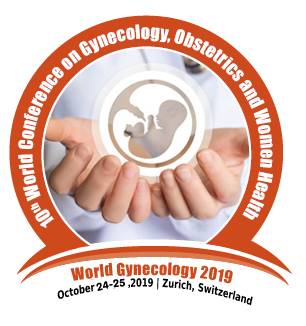
Maria Kathrina S B Timbol
Far Eastern University, Philippines
Title: A randomized controlled clinical trial on comparing the efficacy of soy Isoflavones and evening primrose oil in improving the symptoms of menopausal filipino women seen at the outpatient departm ent of a tertiary medical center in Quezon City
Biography
Biography: Maria Kathrina S B Timbol
Abstract
Background: Menopausal Hormonal Therapy (MHT) remains the treatment of choice in relieving menopausal symptoms. However, some women are at risk to developing serious effects with its use. Current alternatives to relieve menopausal symptoms include Soy Isoflavones and Evening Primrose Oil (EPO). But the available studies conducted to evaluate their efficacy remains insufficient.
Objective: To compare the efficacy of Soy Isoflavones and EPO in Improving the Symptoms of Menopausal Filipino women seen at the Outpatient Department of a Tertiary Medical Center in Quezon City.
Methodology: This is an Open-Label Randomized Controlled Clinical Trial involving 180 naturally menopause women randomized into two groups. There were 91 women who received 60mg isoflavones and 89 who took EPO 1,000mg per day for 6 months. Symptomatology was assessed using the Menopause Rating Scale (MRS) at baseline, first, third and six months of treatment.
Results: The mean age of the participants is 48 years old with a mean gravidity and parity of 2 and average of 1 to 4 years of menopause. However, after 3 months of treatment, the isoflavone group showed a significantly lower MRS score for the somatic symptoms as compared to those in the EPO group (7.0 versus 8.0, p= 0.03). The MRS score for somatic remained significantly lower for those who took isoflavones as compared EPO up to the 6th month of
treatment (6.89 versus 7.92; p=0.02). In the same period, a significantly lower score for the urogenital symptoms was also observed among women in the isoflavones arm (6.73 versus 7.60; p= 0.01). But when categorized according to
severity of symptoms, there was no significant difference in the proportion of participants distributed per category between the 2 treatment arms.
Conclusion: Soy isoflavones at 60mg per day was found to be more effective than EPO in improving somatic and urogenital symptoms.

